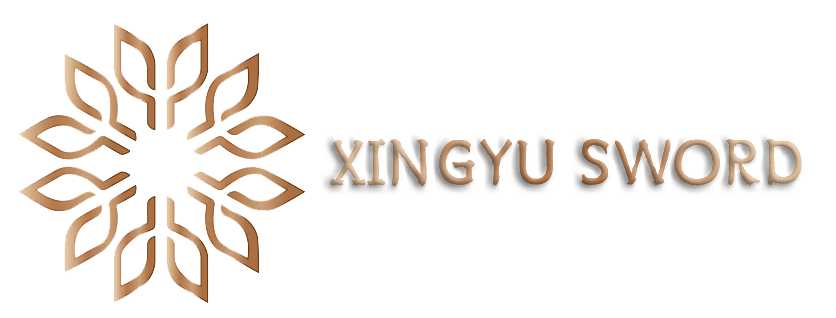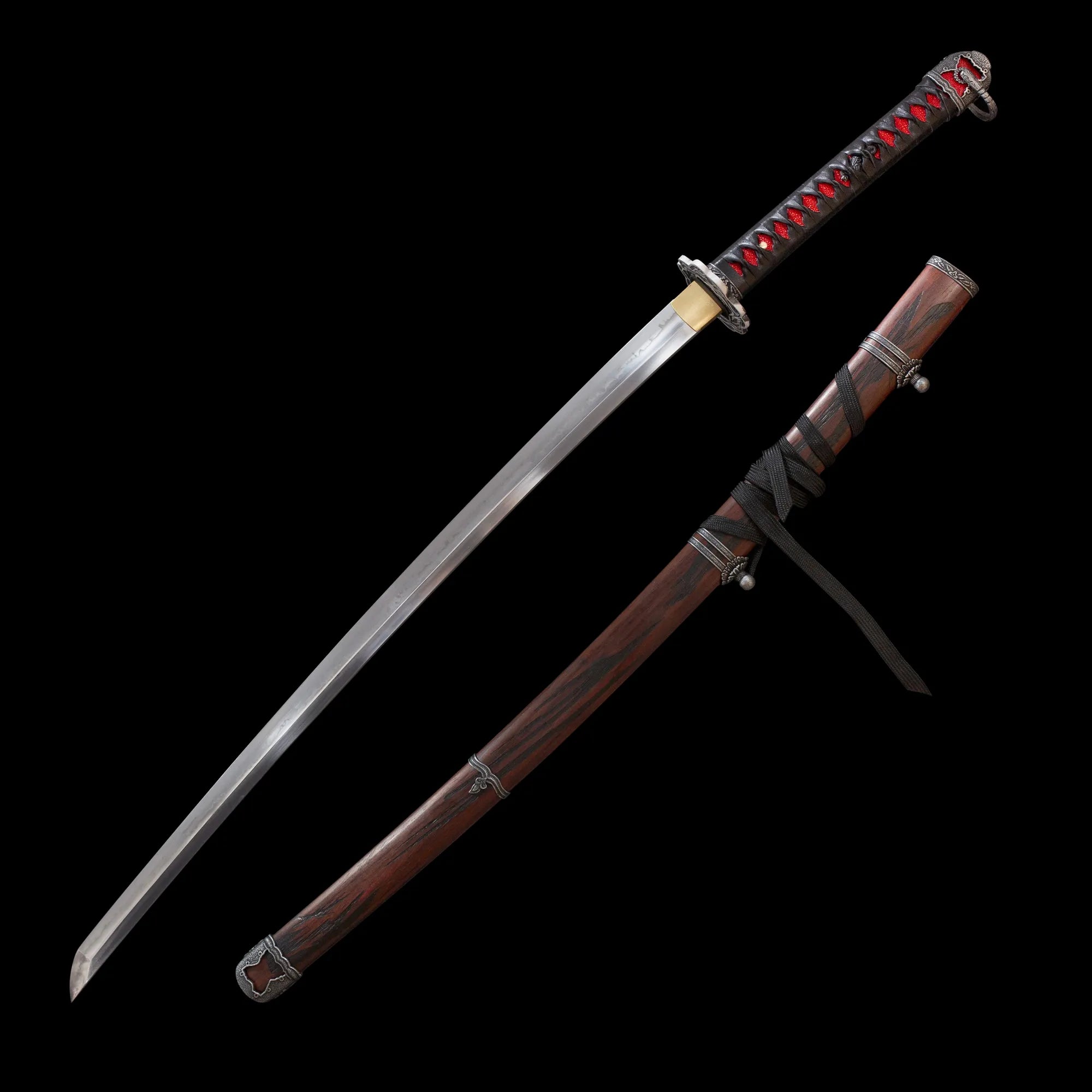
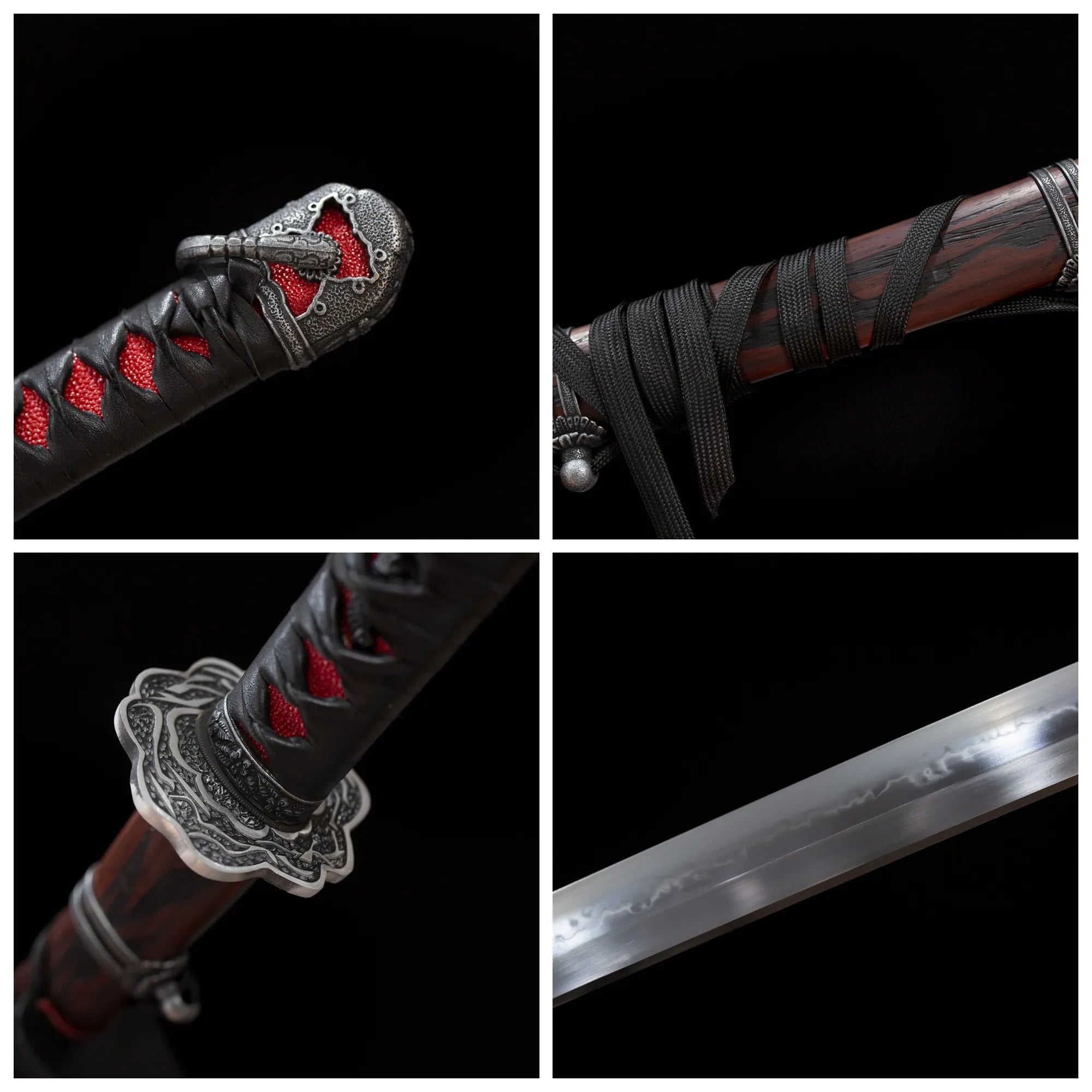
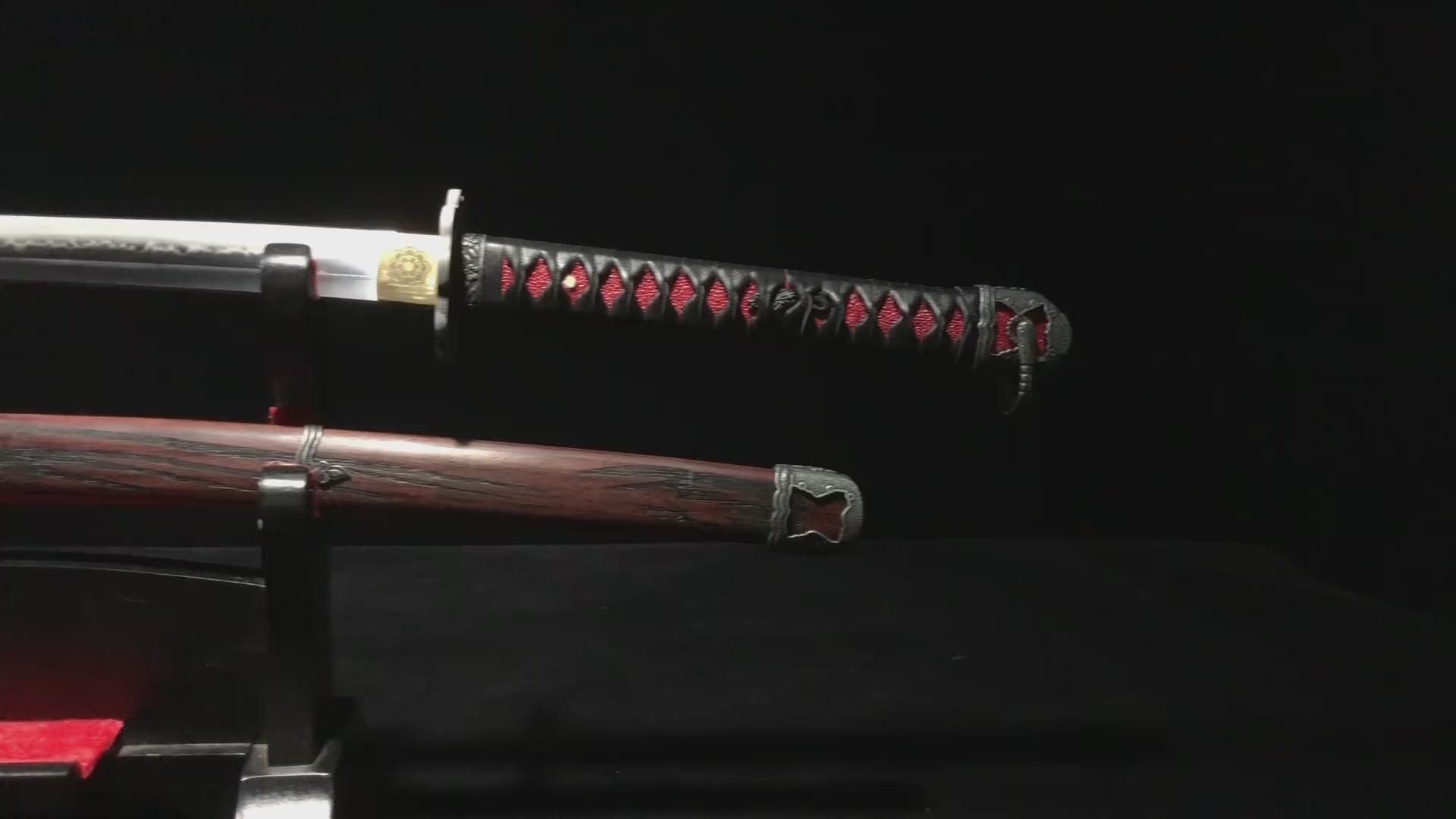
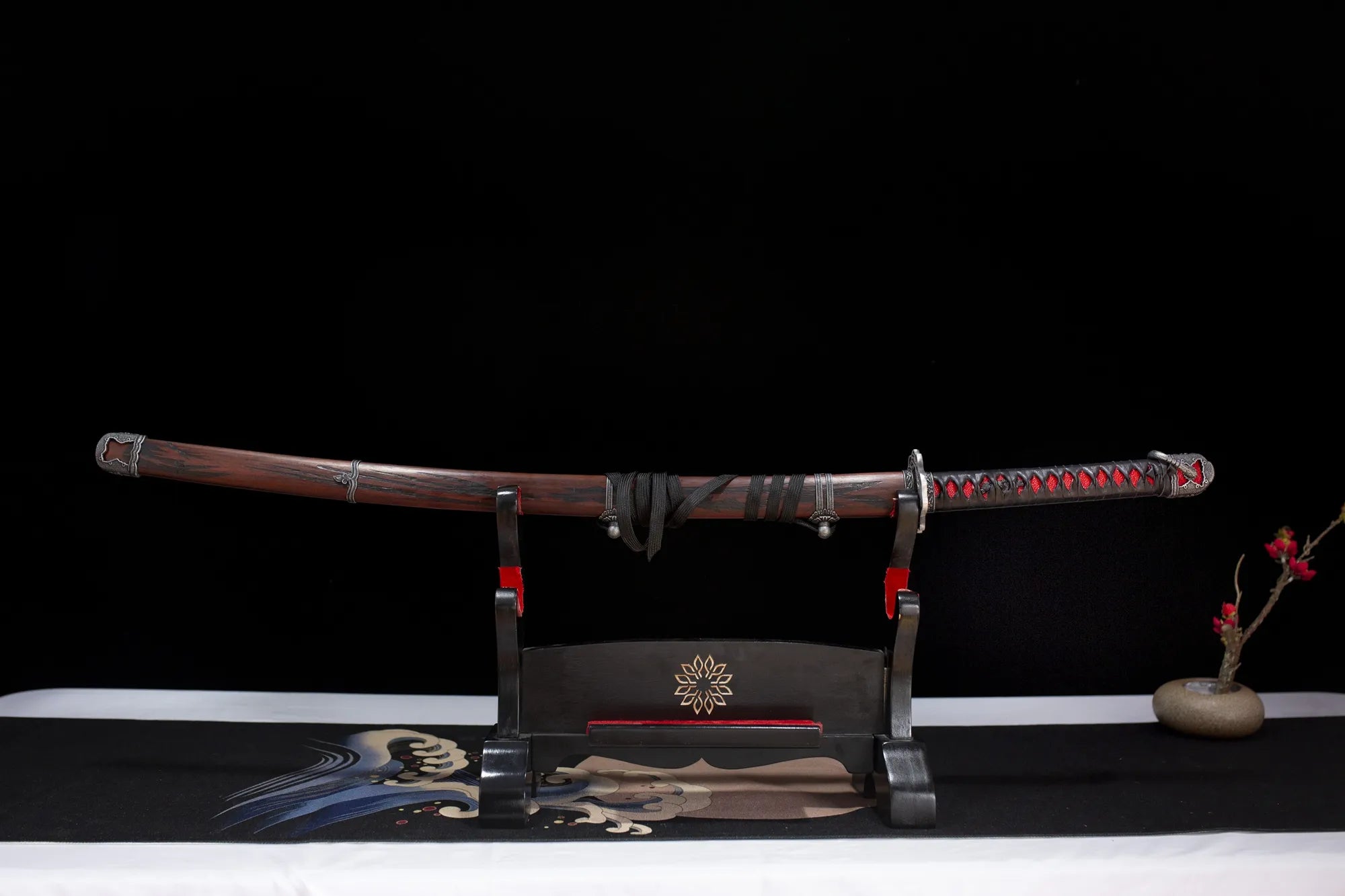
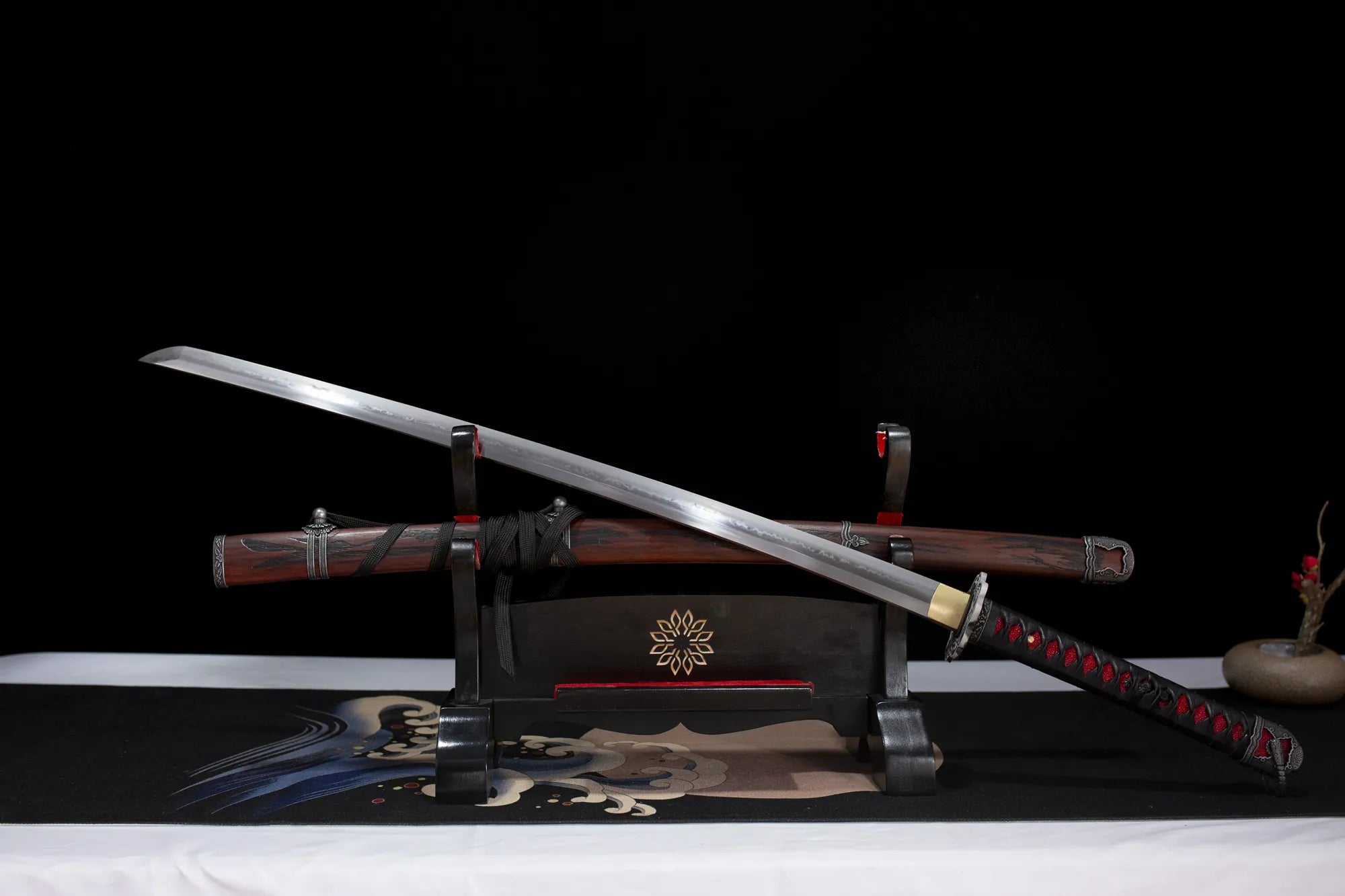
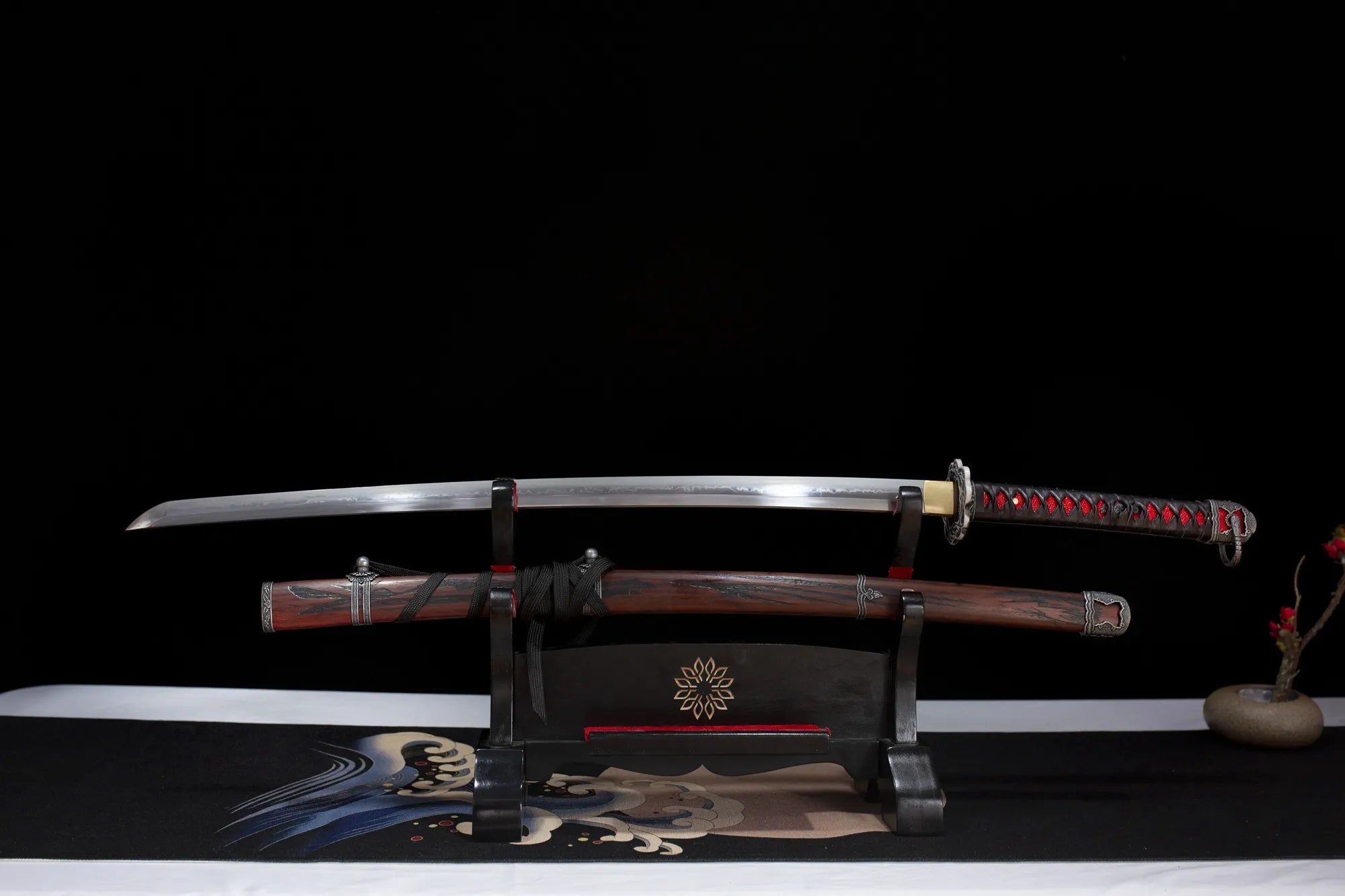
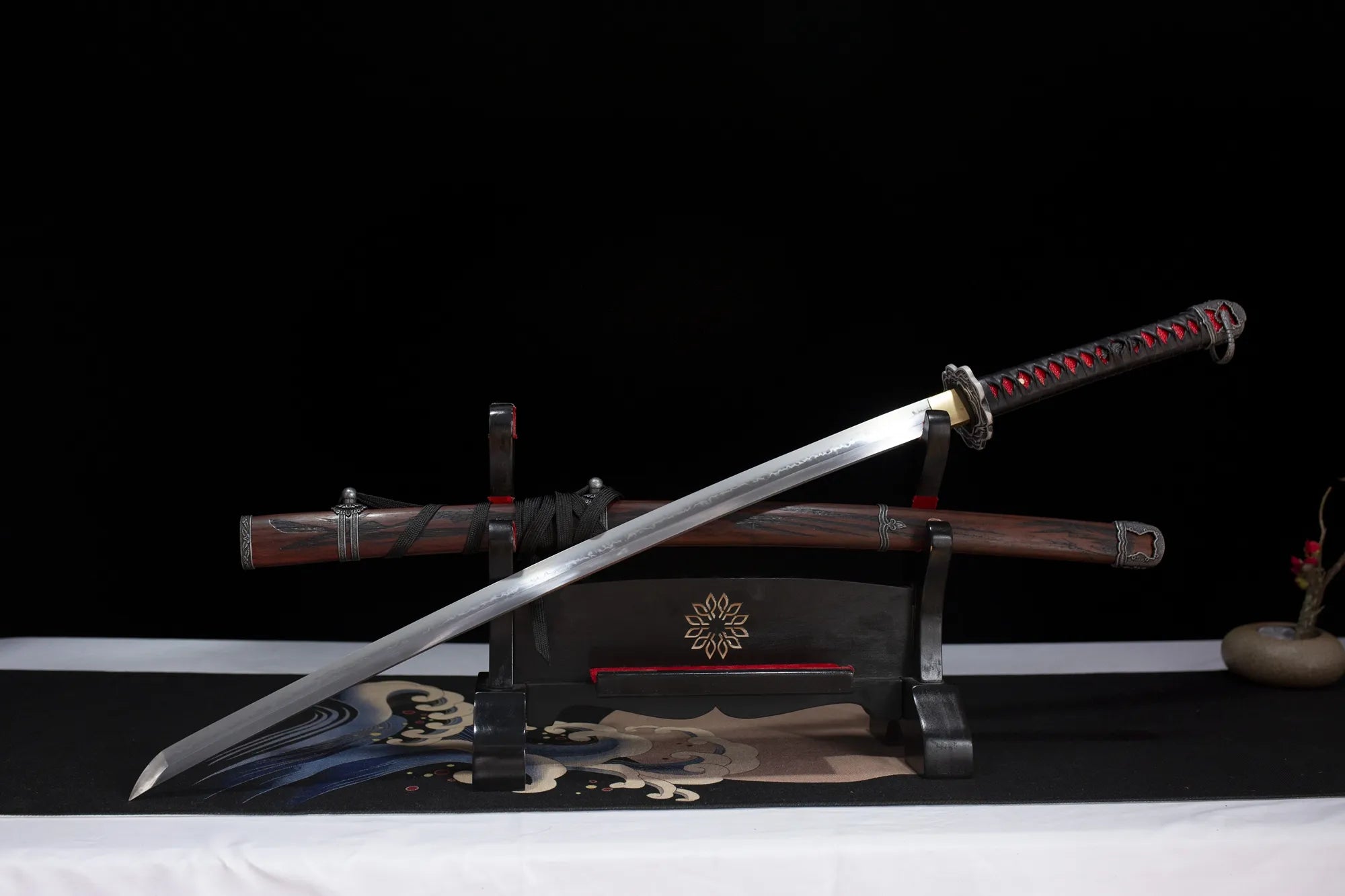
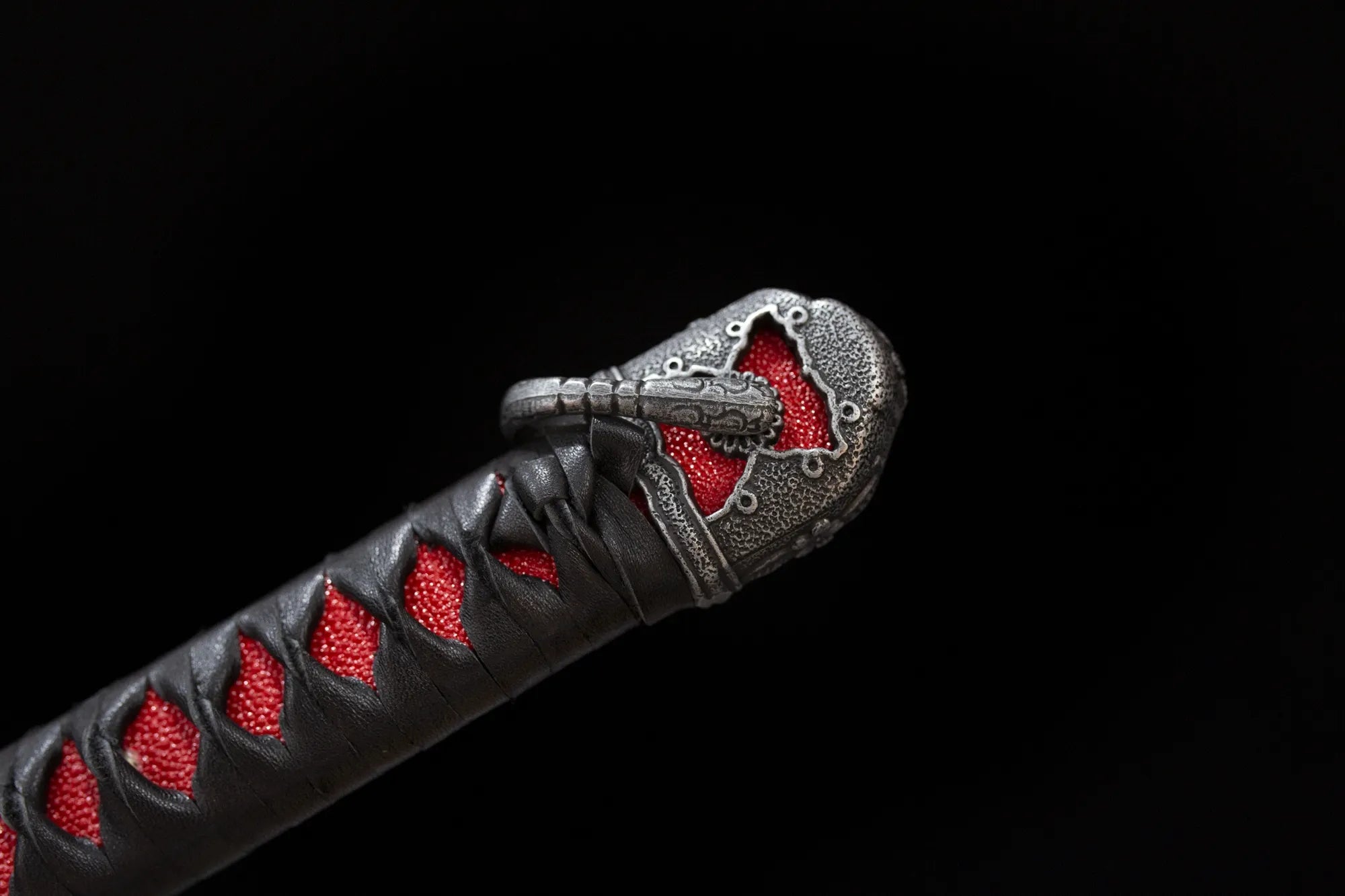
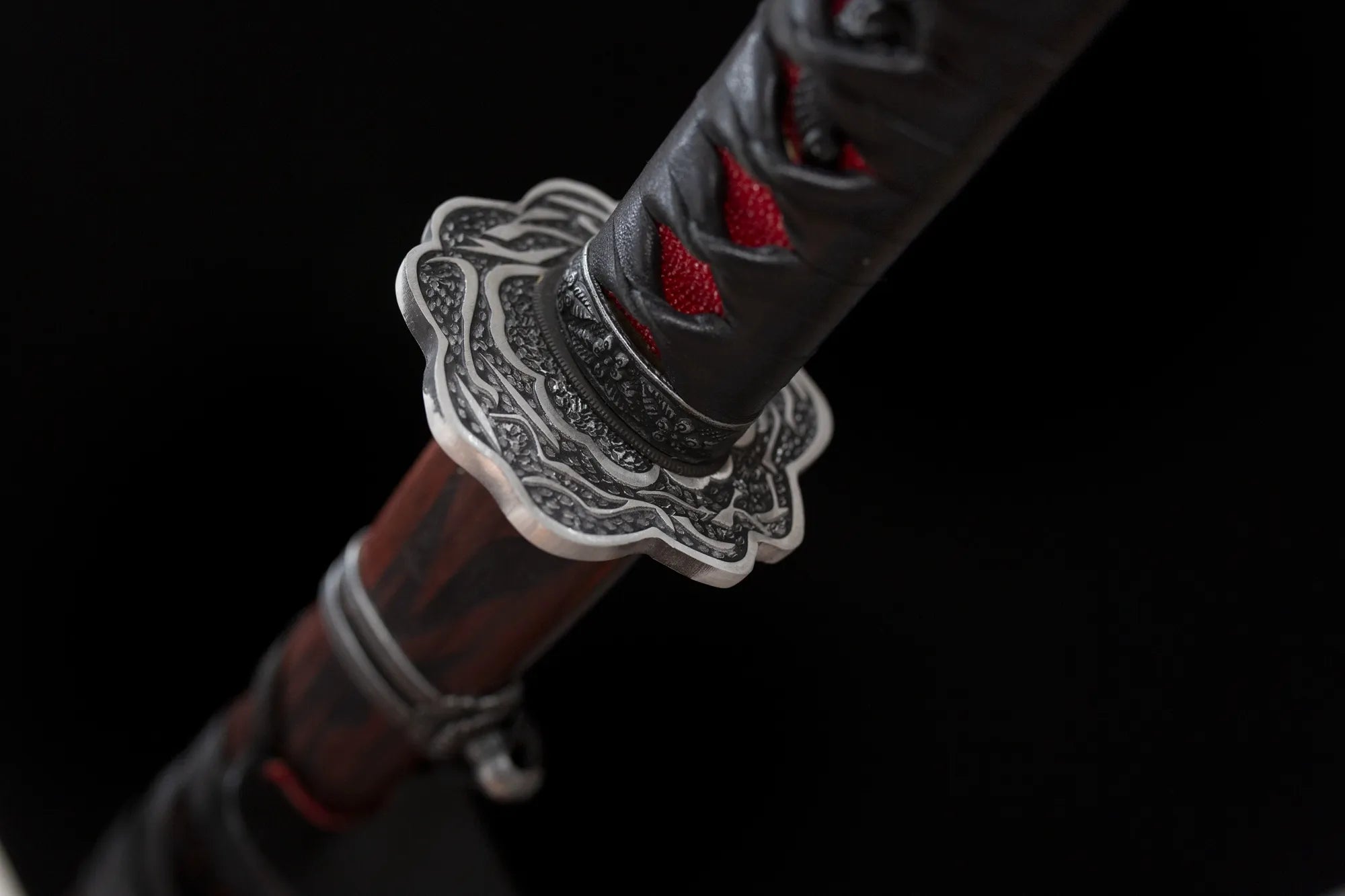
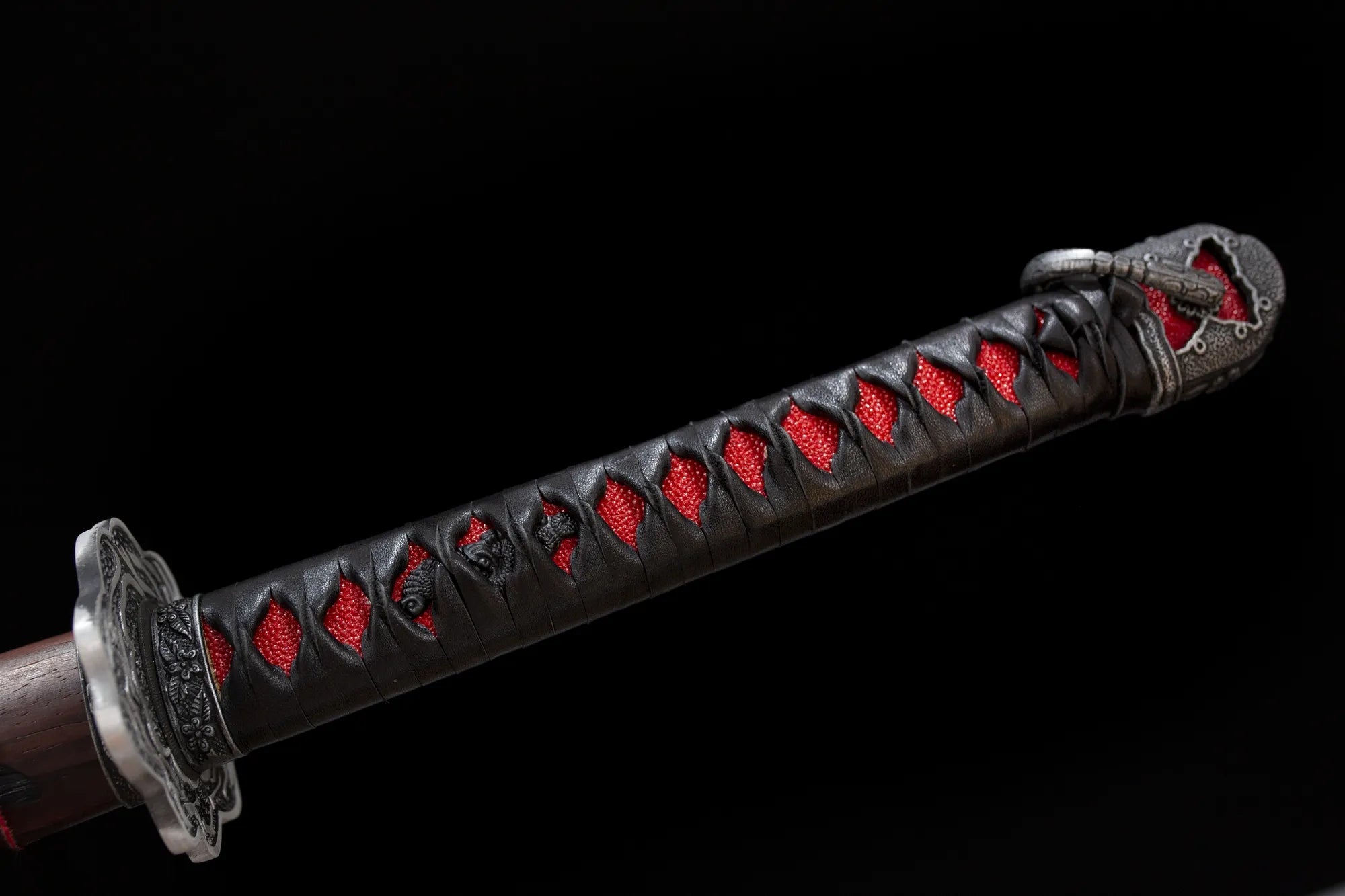
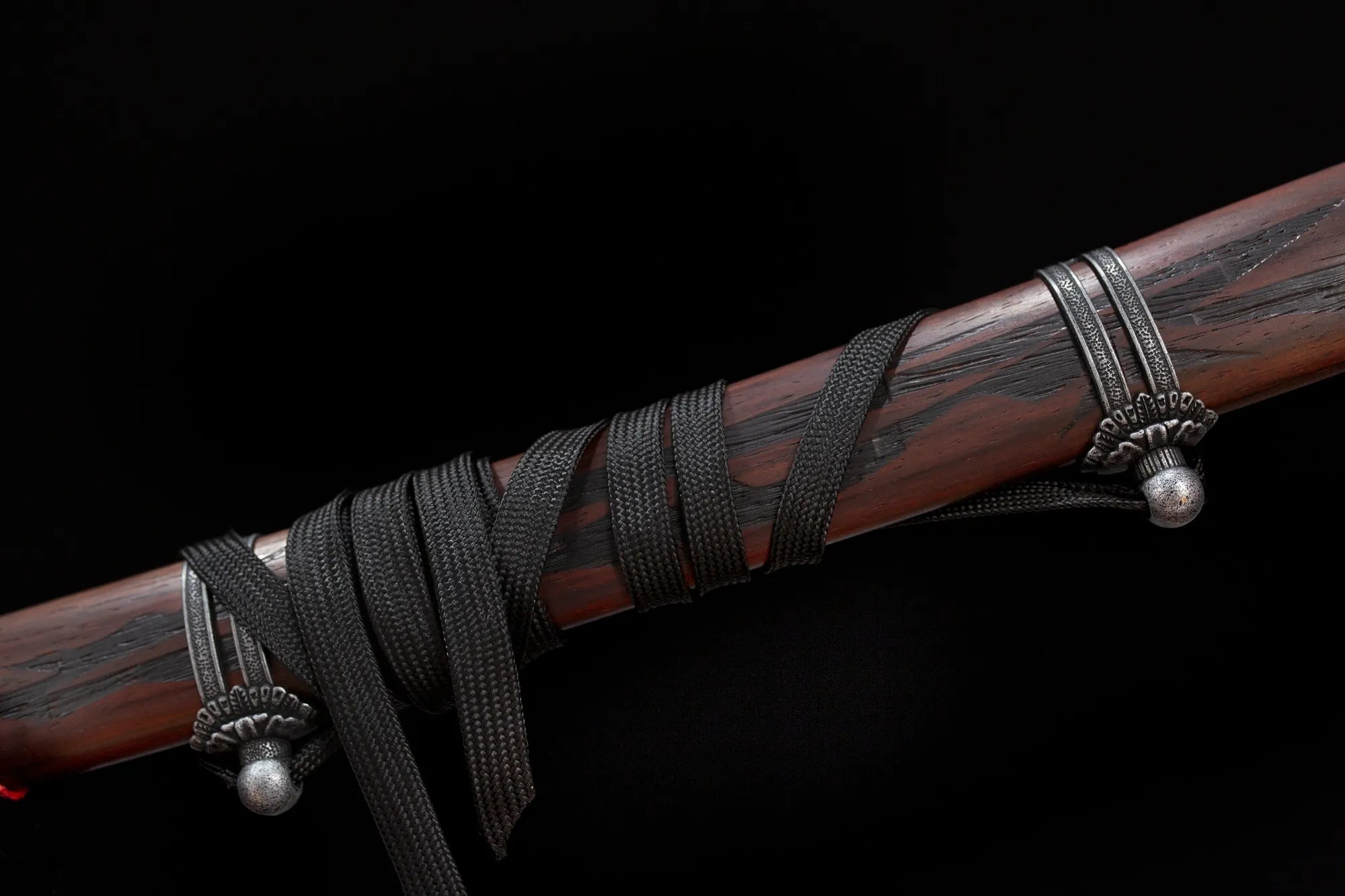
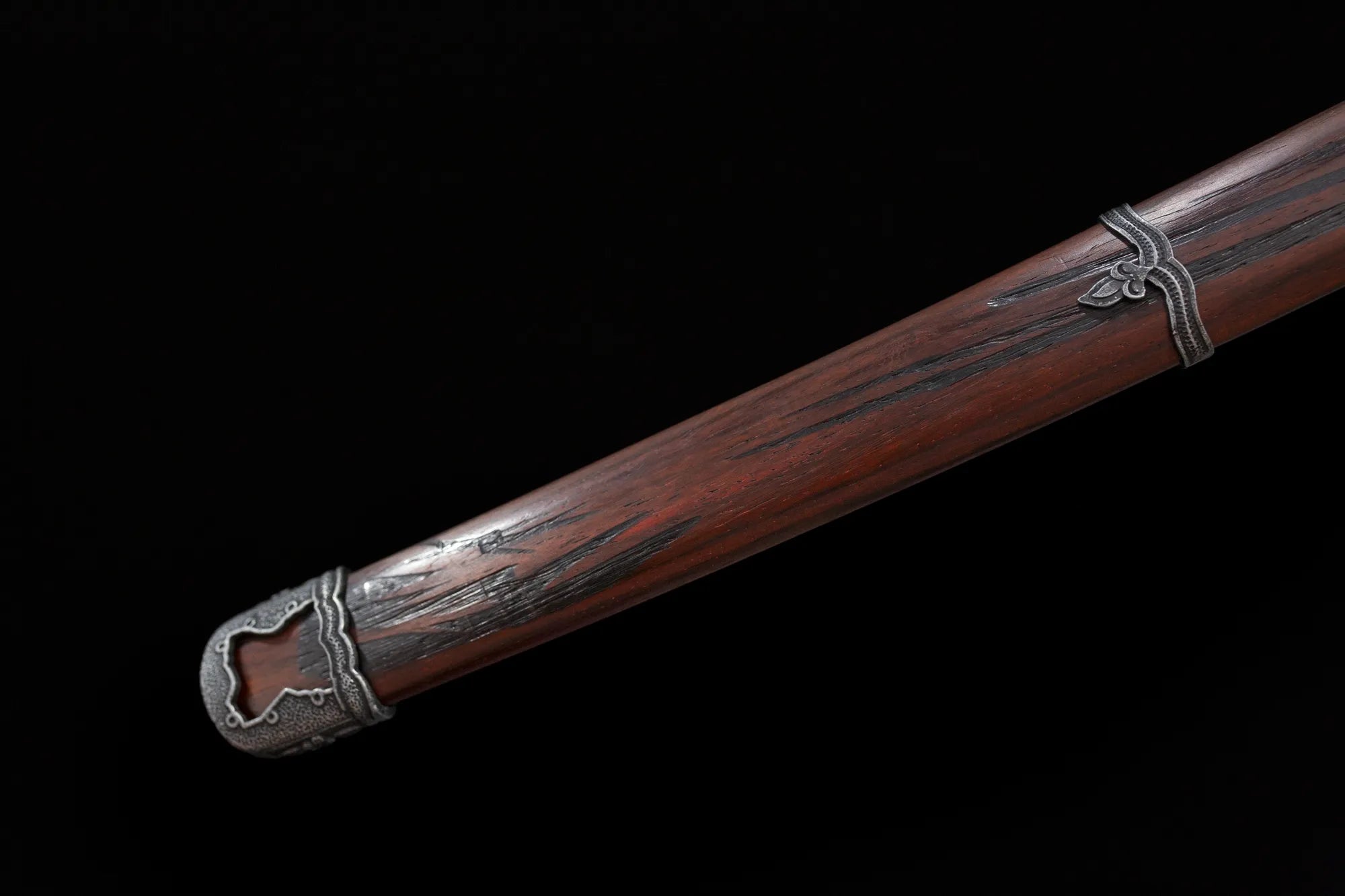
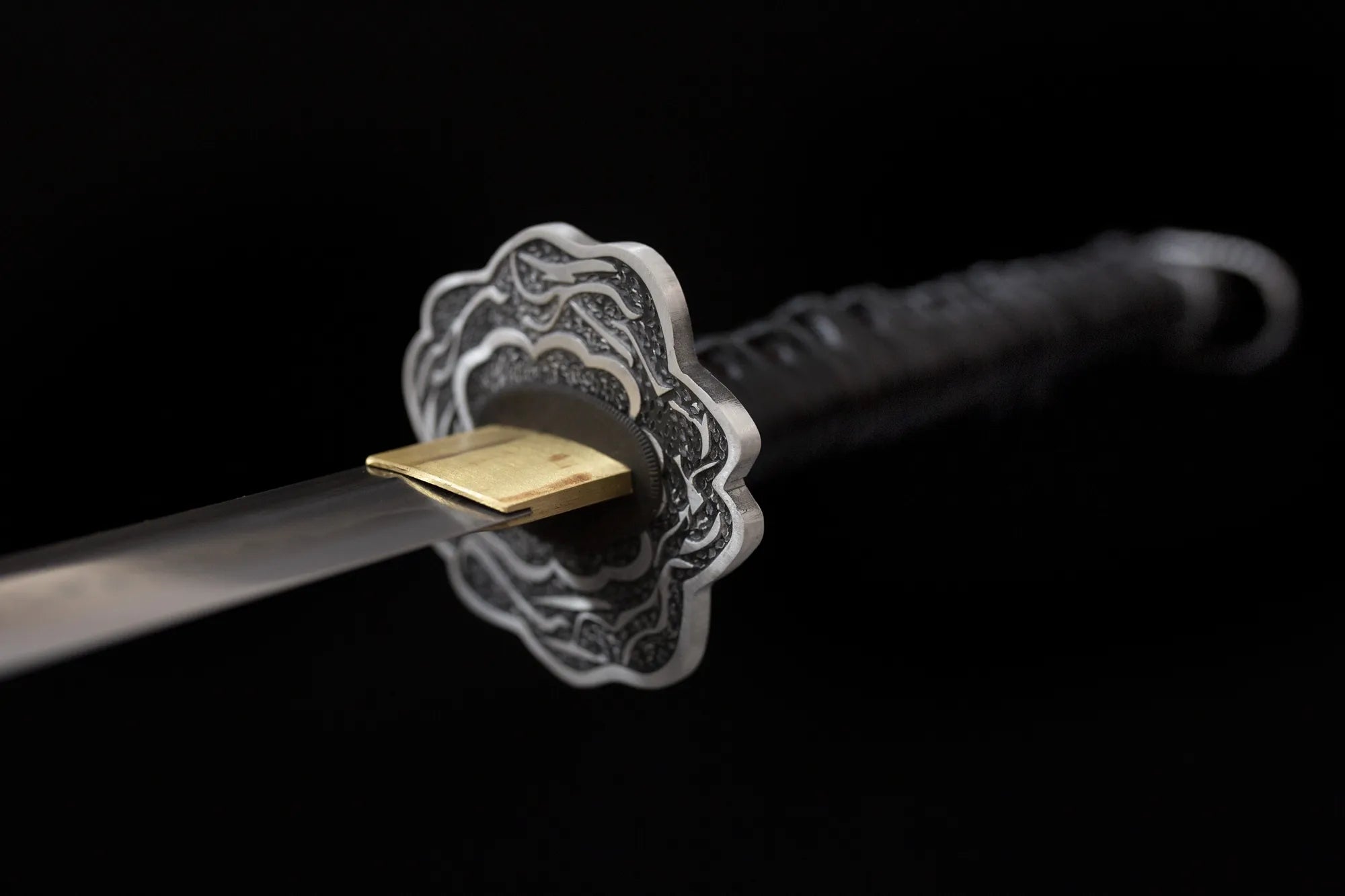
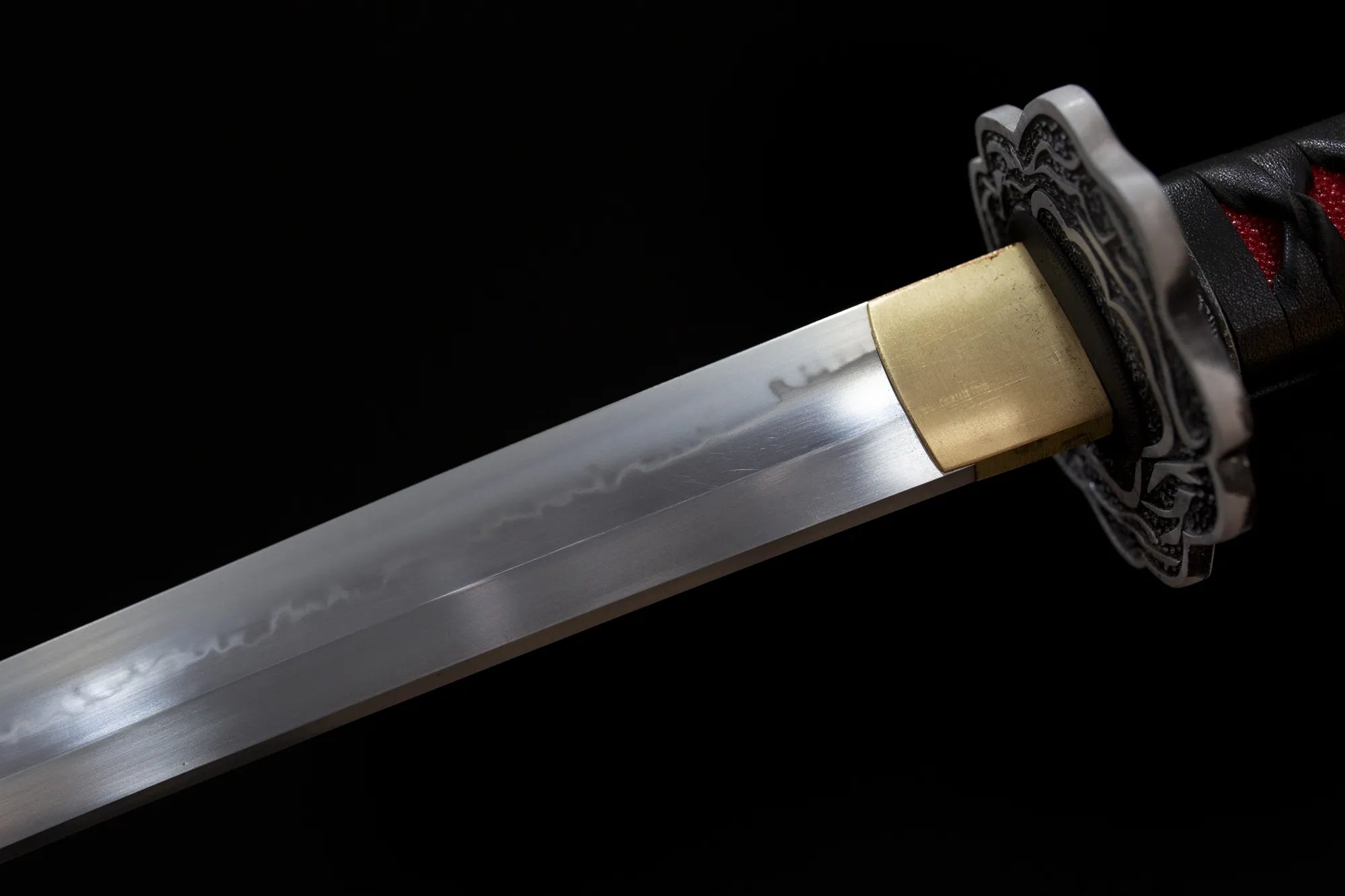
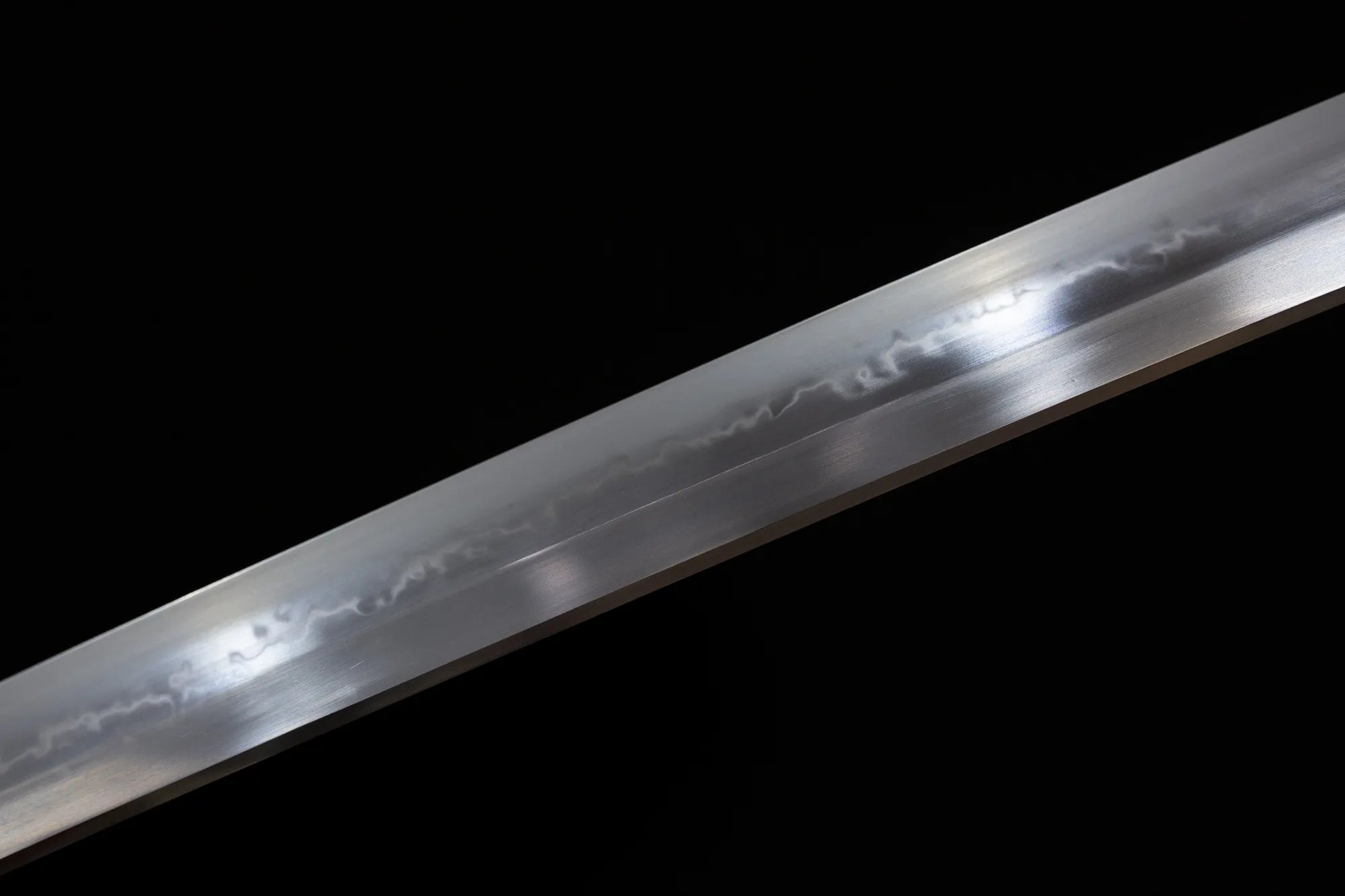
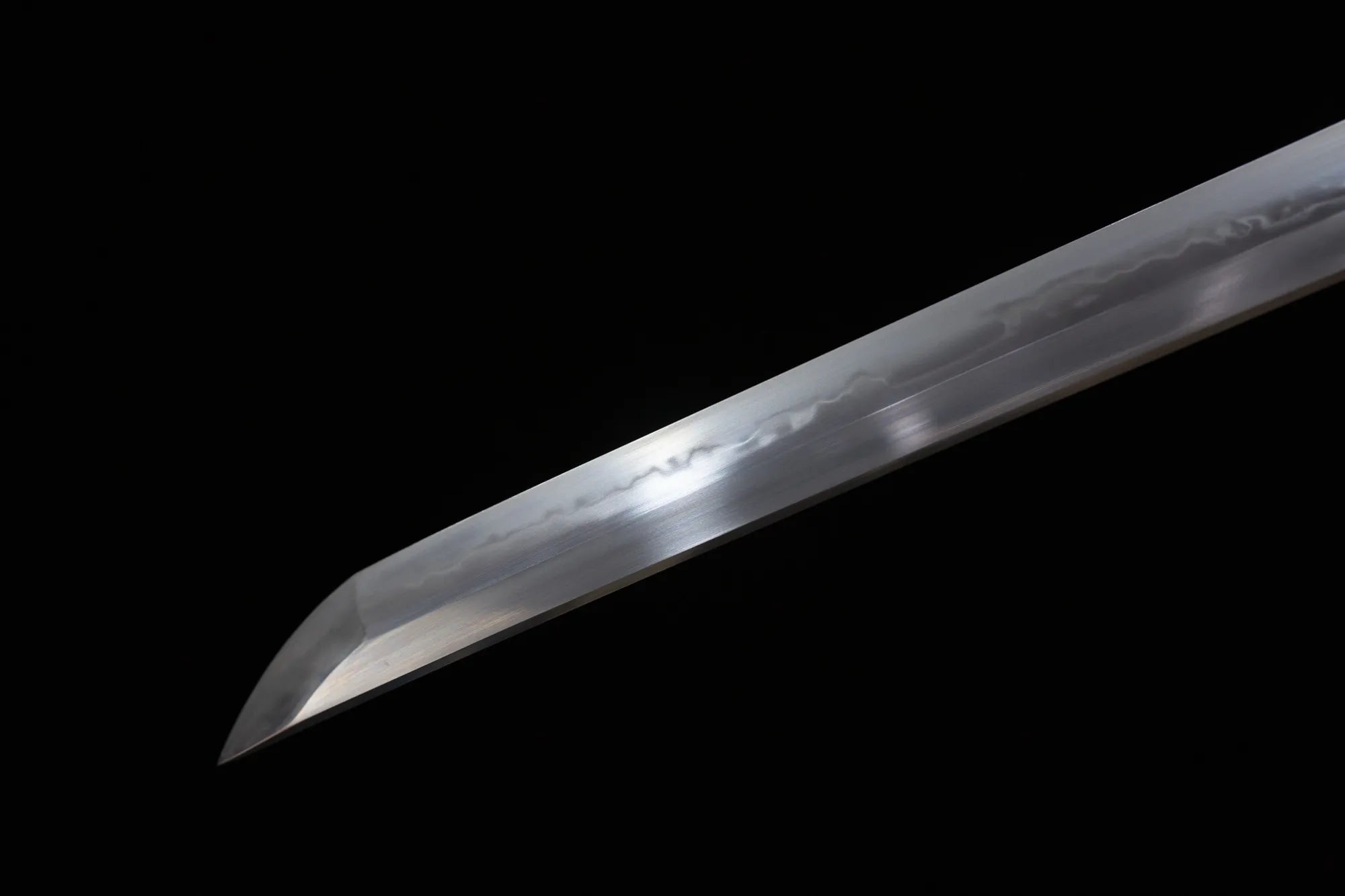
Undead Cut Tachi
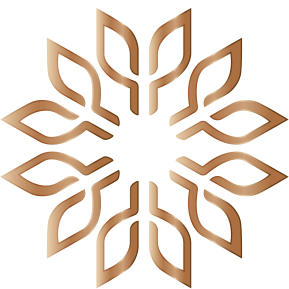
Handcrafted by experienced swordsmen
Free American Express

Perfect after-sales service

SSL End-to-end encryption secure payment
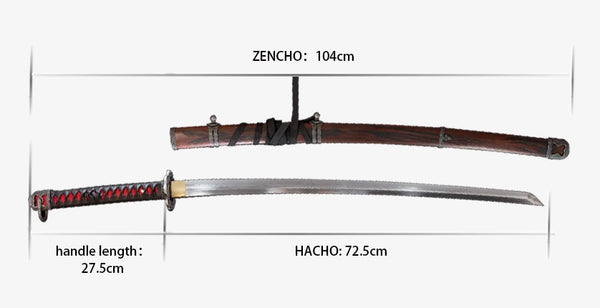
【ZENCHO】entire length:104CM/40.9inch
【HACHO】Blade length:72.5CM/28.5inch
【handle length】:27.5CM/10.8inch
【SORI】:1.9CM/0.74inch
【SAKIKASANE】:0.4CM/0.15inch
【MOTOKASANE】:0.78CM/0.3inch
【SAHIHABA】:2.2CM/0.86inch
【MOTOHABA】:3.1CM/1.22inch
【BOSHI】:NOTAREKOMI
【Mizuheshi】Heat Material:Tsuchioki
【Blade material】:T10 steel
【HI】:slotless
【Structure】:Maru-gitae
【HAMON】:CHOJI
【Blade treatment】:Shiage-togi
【KISSAKI】:CHUKISSAKI
【YOKOTE】:real
【disassembled】:Non detachable
【Mekugiana】:two
【TSUBA】:alloy
【FUCHI KASHIRA】:alloy
【HABAKI】:brass
【TSUKAMAKI】:cowhide
【Handle wraps】:Moro-hineri-maki
【Samekawa】:Real fish skin
【MENUKI】:alloy
【SEPPA】:copper
【SHITIDOME】:alloy
【SAYA】scabbard: High grade solid wood
【KOIGUCHI】:alloy
【KURIKATA】:alloy
【KOJIRI】:alloy
【handle shape】:Imogata
【gift】:Katana pocket
【Total weight】:1508g/3.32pound
【Desheathing weight】:1161g/2.55pound
【Other】: Handmade products have errors, specifications are for reference only!【Workmanship】: 【★★★☆】
【Sharpness】: 【★★★☆】
【HAMACHI hardness】:【★★★★】
【Blade toughness】: 【★★★★☆】
【Comprehensive Index】: 【★★★☆】
在我的武士刀商店中,您可以购买真正的三重武士刀
Tachi Parts names and terminology
Tachi Parts names and terminology

SHIZUJIJANAMONO The cap at the bottom of the scabbard is usually made of animal horn or metal
KASHIWABA Leaf-shaped projection on the metal decoration near shizujijanamono on the scabbard
SEMEKANAMONO Metal decoration on scabbard near shizujijanamono
ASHIKANAMONO Tachi scabbard has two metal rings (one near the scabbard mouth is called "one foot" and the other is called "two feet"), which are interwoven and woven with ropes to make it easy to carry
SAYA Sheath
MON Emblems
TACHIO Connect the straps between two taikogawa
TAIKOGAWA It is used to pass through tachio and tie it around the waist. Generally, in order to ensure the strength, some reinforcing fittings will be added
TAIKOGANE Metal buckle on taikogawa
ASHIGAWA Pass taichio through here to make it easy to wear at the waist. TAIKOGAWA, which decorates the sword, is usually folded into a rope with thin leather
KAWASAKIKANAMONO A small piece of metal connecting the ribbon with ashikanamono
TSUBA Hand guard between handle and blade
TASUKA handle

A.SAKIKASANE Thickness of blade tip.
B.MOTOKASANE Thickness of the bottom of the blade.
C.KISSAKI NAGASA Length of tip.
D.SAKIHABA Width of blade tip.
E.MUNE The surface of the katana back.
F.MOTOHABA Width of bottom of blade.
G.MUNEMACHI The notch at the top of the blade stem,where the back surface (mune) of the blade begins.
H.HAMACHI A notch at the top of the blade,where the blade begins.
I.FUKURA The radian of the blade in the tip area.
J.BOSHI Blade text in the tip area.
K.YOKOTE The boundary between blade tip and blade body.
L.KOSHINOGI Shinogi-ji above the blade tip area (yokote).
M. MITSUKADO Intersection point of yokote and blade edge of blade body and blade edge of tool tip.
N.SHINOGI MITSUKADO Shinogi,Koshinogi und Yokote linien.
O.SHINOGI-JI Blade surface between shinogi and mune.
P.SHINOGI A chear straight line extending along the longitudinal direction of the blade is the thickest part of the blade (only appearing on katana of shinogi-zakuri) .
Q.JI The surface between shinogi and nioiguchi.
R.HA The edge area of the cutter body is hardened by quenching.
S.HASAKI Asharpened edge.
T.NIOIGUCHI A clear line separating the hardened blade from the softer part of the blqde body.
U.ASHI Nioiguchi's extension line in the direction of the blade.
V.HACHO A straight line that determines the length of the blade.
W.SORI Degree of blade bending.
X.ZENCHO The total length of the katana,including the stem (the blade length is only the blade body).
Y.NAKAGO NACASA Length of katana stem.
Z.MAKUGIANA A hole in the shank for receiving Mekugi (bamboo nail for fixing the blade in the handle).
AA,MEI Inscription on the hilt (usually the name of the katana maker,but there are often other information).
Choose options
















